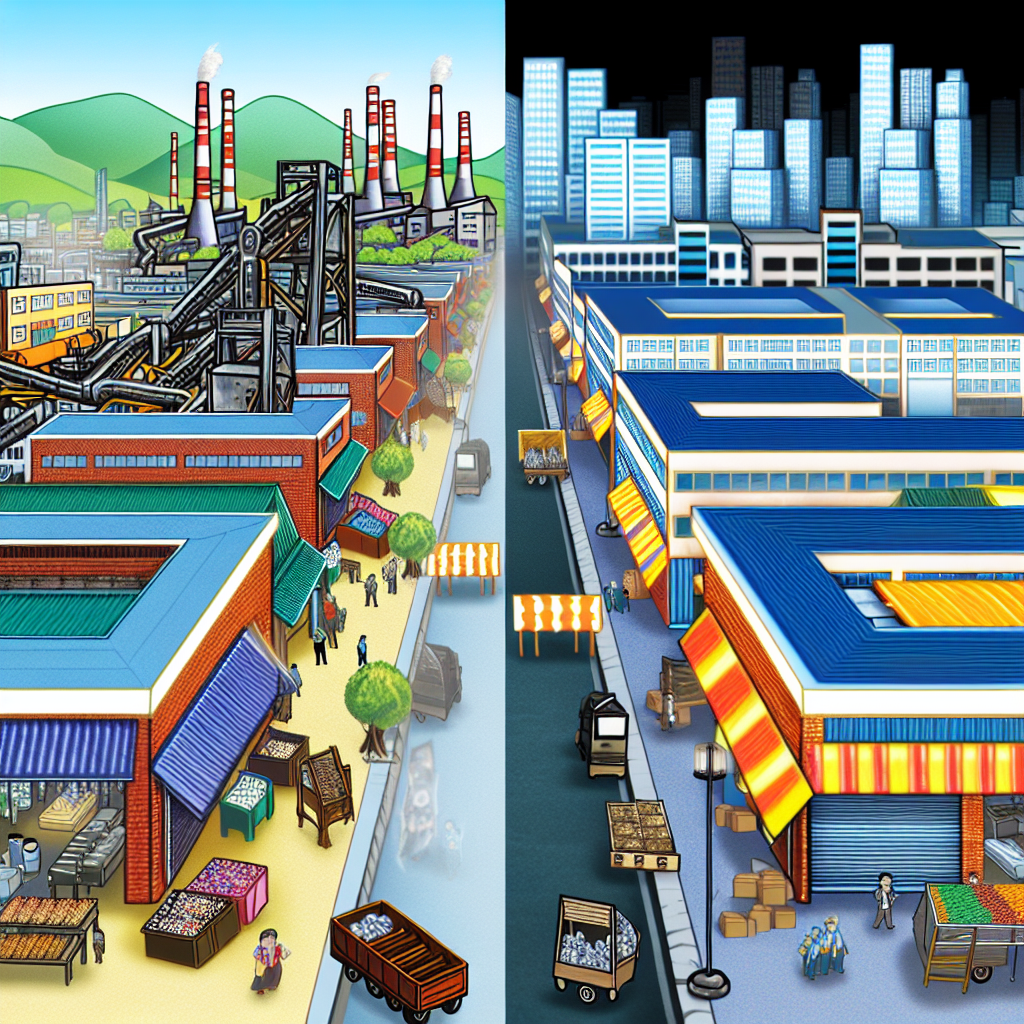How US Tariffs Are Devastating South Korea’s Economy
The economic relationship between the United States and South Korea has long been characterized by mutual benefit and trade cooperation. However, recent tariff policies implemented by the U.S. have begun to strain this relationship, leading to significant repercussions for South Korea’s economy. This article explores the impact of U.S. tariffs on South Korea, highlighting the sectors most affected, the broader economic implications, and potential paths forward for recovery.
The Context of U.S. Tariffs
In recent years, the U.S. government has adopted a more protectionist stance, imposing tariffs on various goods from multiple countries, including South Korea. These tariffs are primarily aimed at reducing the trade deficit and protecting American industries. However, the consequences of these tariffs extend far beyond U.S. borders, particularly affecting South Korea’s economy.
Key Sectors Affected by Tariffs
Several sectors in South Korea have been hit hard by U.S. tariffs, leading to decreased exports and economic instability. The most affected sectors include:
- Automotive Industry: South Korea is home to major automotive manufacturers like Hyundai and Kia. Tariffs on steel and aluminum have increased production costs, making South Korean cars less competitive in the U.S. market.
- Electronics: South Korea is a leading producer of semiconductors and consumer electronics. Tariffs on components and finished products have disrupted supply chains and increased prices for consumers.
- Steel and Aluminum: The U.S. tariffs on steel and aluminum imports have directly impacted South Korean producers, leading to reduced exports and job losses in the manufacturing sector.
Economic Consequences for South Korea
The imposition of tariffs has led to several adverse economic consequences for South Korea, including:
- Decreased Exports: South Korea’s exports to the U.S. have seen a significant decline, with a reported drop of over 10% in 2022 alone. This decline has been particularly pronounced in the automotive and electronics sectors.
- Job Losses: As companies struggle to cope with increased costs and reduced demand, layoffs have become more common. The automotive sector alone has seen thousands of jobs lost due to production cuts.
- Investment Slowdown: Uncertainty surrounding trade policies has led to a slowdown in foreign direct investment (FDI) in South Korea, as investors become wary of potential retaliatory measures and market instability.
Case Study: The Automotive Industry
The automotive industry serves as a prime example of how U.S. tariffs have devastated South Korea’s economy. Hyundai and Kia, two of the largest car manufacturers in South Korea, have faced increased costs due to tariffs on steel and aluminum. In response, these companies have had to raise prices, which has led to a decrease in sales in the U.S. market. For instance, Hyundai reported a 15% drop in U.S. sales in 2022, attributing this decline to higher prices and increased competition from domestic manufacturers.
Potential Solutions and Future Outlook
To mitigate the impact of U.S. tariffs, South Korea must explore several strategies:
- Diversification of Markets: South Korea should seek to diversify its export markets to reduce reliance on the U.S. This could involve strengthening trade relationships with countries in Asia, Europe, and beyond.
- Investment in Innovation: By investing in research and development, South Korean companies can create more competitive products that can withstand tariff pressures.
- Negotiation and Diplomacy: Engaging in diplomatic discussions with the U.S. to negotiate more favorable trade terms could help alleviate some of the economic pressures caused by tariffs.
Conclusion
The imposition of U.S. tariffs has had a profound impact on South Korea’s economy, particularly in key sectors such as automotive and electronics. The resulting decrease in exports, job losses, and investment slowdowns highlight the vulnerabilities that arise from a protectionist trade policy. As South Korea navigates these challenges, it is crucial for the nation to diversify its markets, invest in innovation, and engage in diplomatic efforts to secure a more stable economic future. The path forward will require resilience and adaptability, but with strategic planning, South Korea can emerge stronger from this economic turmoil.





